In The ClassroomOpinion
It’s time to measure students’ effort at school: opinion
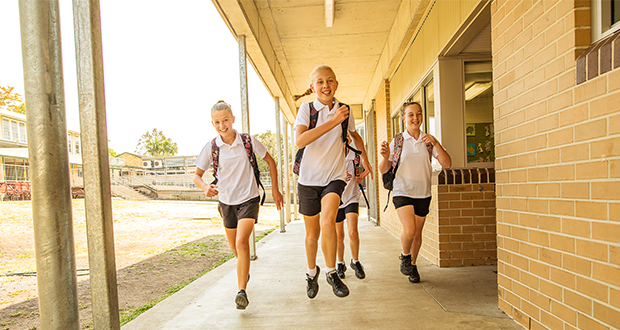
With the start of a new school year, many students will be apprehensively anticipating the academic challenges ahead.
Please login below to view content or subscribe now.

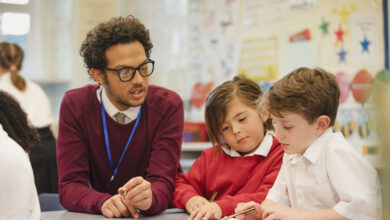
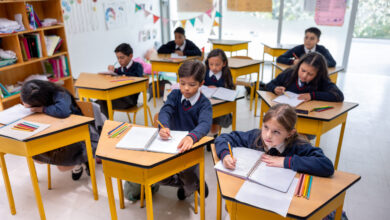
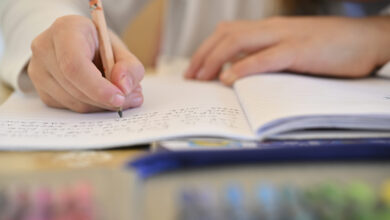

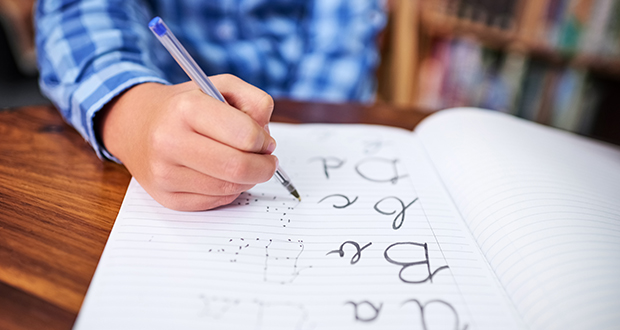
I find this article very helpful and I believe, if it could be delivered to students, in an entertaining and engaging style, they would respond with an engaged and fertile approach to their own development as students. We all enhoy insight re ourselves, and most of us want to grow our own learning power. If we “assessed” students against their own effort, at least within the school’s system, we might find students appetite for change and effort growing.
Student effort is aligned with student agency, the one thing that is almost unheard of in Australian schools. Otherwise we are relying on ‘carrot and stick’ approaches, re